We’ve all hear it a million times: “When it comes to real estate the most important consideration is location-location-location!” There is a lot of truth to this belief, which is why it remains a foundation slogan for the real estate industry. However, enthusiastic first-time homebuyers and anxious real estate investors may often focus on other aspects such as architectural style or neighborhood amenities. There are indeed a number of influences in addition to location that will determine the true worth of a home. An Investopedia column from contributor, Robert Stammers, CFA, who is an independent consultant providing investment and marketing support to business owners and private investors, has reviewed the factors that play a role in a property’s value.
Stammers explains that it is actually the land a home is on that appreciates over time. The home itself is subject to depreciate as time goes by. A property owner is likely to say, “Hold on-what about that addition, new roof, or small fortune I just spent on landscaping?” A homeowner or investor may be surprised to learn that while an actual structure will factor in to the property value, it’s the land or actually the location that is the dominating factor. Of course a homeowner may not care about how quickly their property appreciates-they love their home, plan to stay there forever and that’s that. Unfortunately the lessons learned from the last recession point to the fact that every homeowner needs to be aware of the big picture, especially when a mortgage is involved.
Investors need to understand that location and changing land values are what greatly impacts the potential for returns. Stammers lays it out in simple terms: land increases in value because it is in limited supply. Furthermore, as the population increases, the demand for land rises, as does its value. According to Stammers, “Unless something happens to limit demand for a given area or make it unusable, the grounds should be expected to increase in value over time.”
It is false to assume that a home automatically enhances the worth of a piece of land. In fact, the presence of certain structures can actually decrease property value. Of course, many homeowners may scoff at this idea. After all, how long do most folks remain in one home? Doesn’t maintaining it and updating it constantly allow it to appreciate or at least hold its value? That’s all true-however, depreciation of the structure or home is deemed inevitable!
Aside from the location of the actual land the property is on, the location within the neighborhood itself is also a consideration. Because they are regarded as safer due to lessened traffic, cul de sacs are more highly valued.
Finding out the relative age of the neighbors is something else to keep in mind. Those with small children may gravitate towards neighborhoods billed as “family friendly” or those in a top-rated school district. This mindset can cause problems later on. Steal-deals could be there for the taking in an older neighborhood. It is a fairly constant cycle of setting up housekeeping, raising kids, working, retiring and moving on. Stammers points out that, “Since homes in the area are not homogeneous, the appreciation is all due to location and the value of land.” Once again-location-or kind of like the early bird catches the worm…those young homebuyers savvy enough to recognize the appeal of a neighborhood based on its location rather than the age of their neighbors could do well in the long term.
Prospective homebuyers and investors also need to stay on top of the local news in order to be aware of future building projects in their proposed area. Some are very positive and others can be detrimental to a home’s worth. Before buying a home, visit the local planning office, Chamber of Commerce and DOT to discuss any upcoming changes in regard to land use.
Finally, Stammers urges potential buyers to “look beyond style.” Instead he suggests to concentrate on properties that have the most potential based on their location. Case in point: across the country, thousands of happy investors have seen positive returns through the short term rental craze thanks to sites such as VRBO and airbnb. In more than one city, that sad little brick ranch marketed as a “fixer-upper” has done really well with a minimum of cosmetic improvement because it was minutes from the lake, the beach, the concert venue and so on.






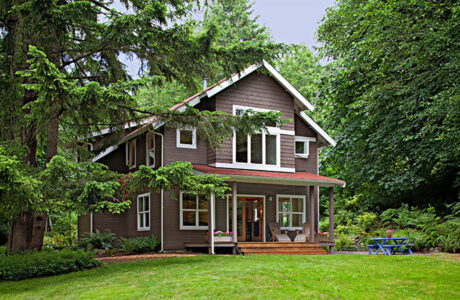


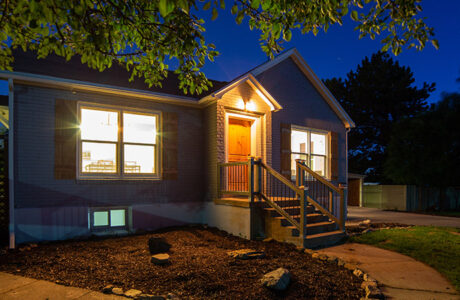






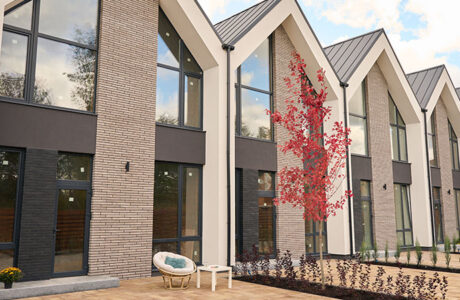
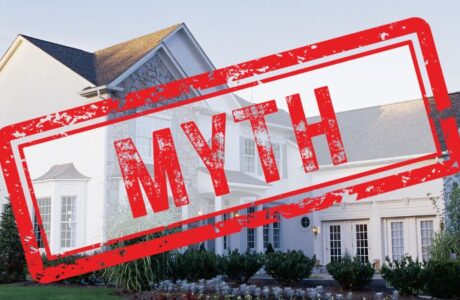


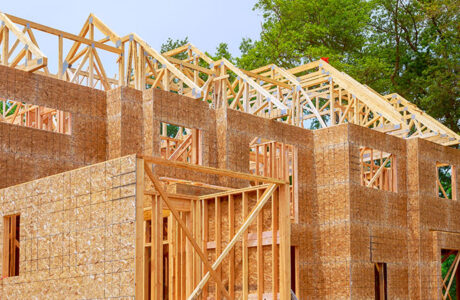




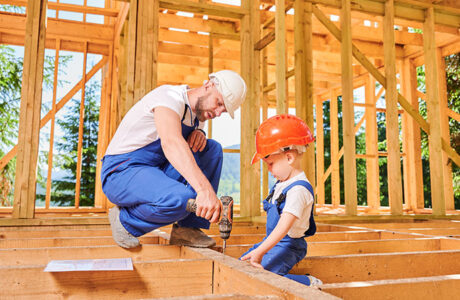









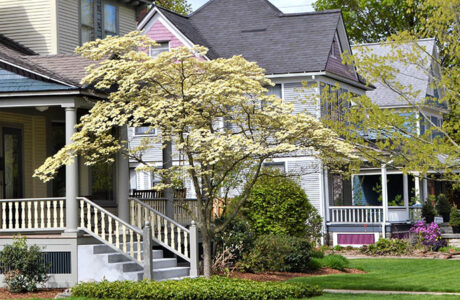







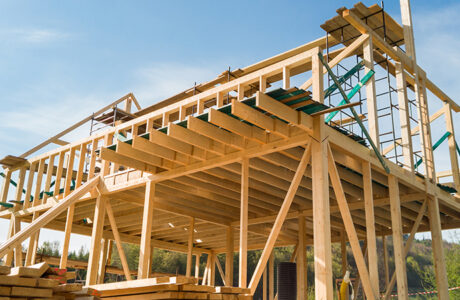






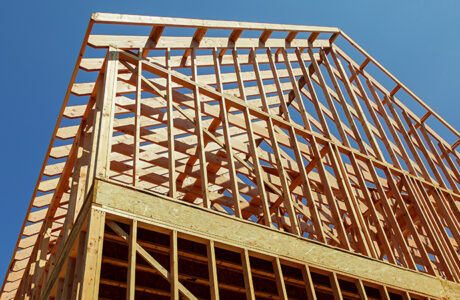







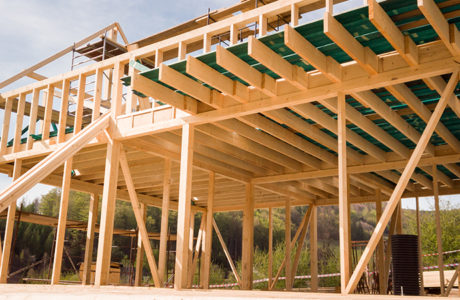

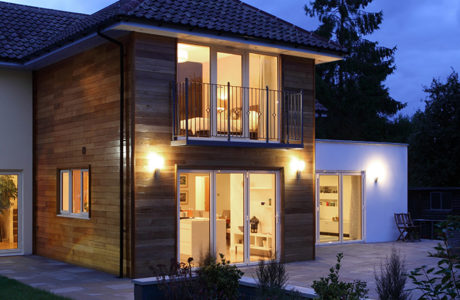










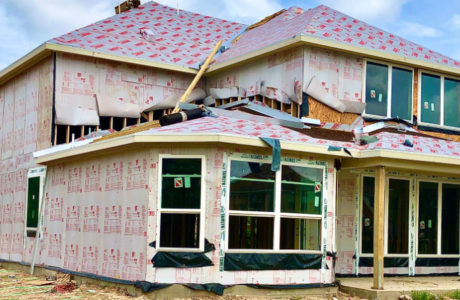




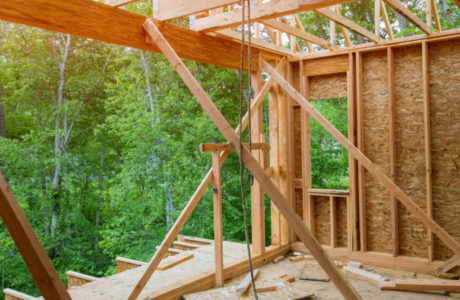



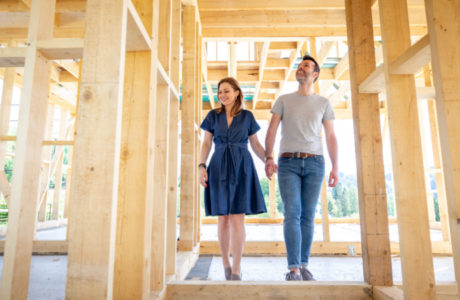








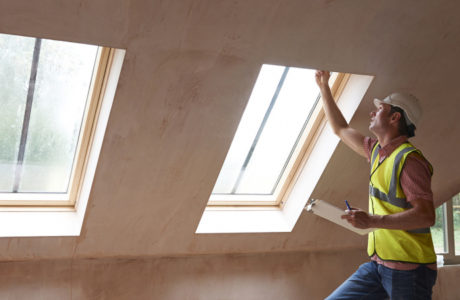
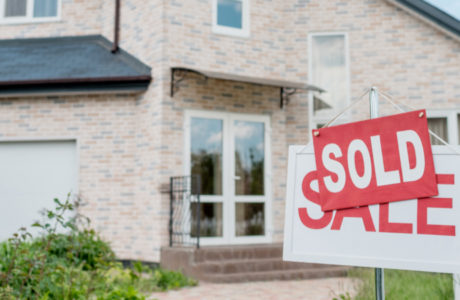
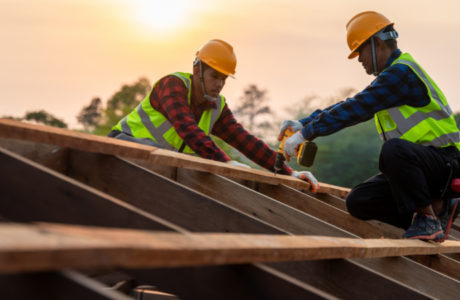


















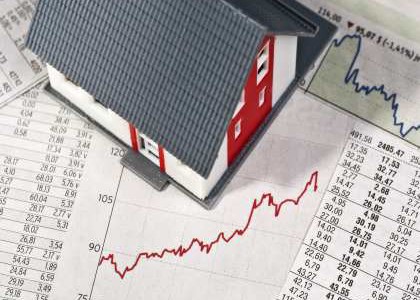

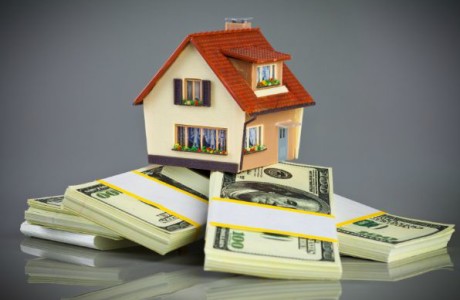













Comments are closed.